- Car
- Volkswagen
- Volkswagen Beetle (142 offers)
Volkswagen Beetle Classic Cars For Sale
The Volkswagen Beetle Classic is a landmark in automotive history and is among the most recognizable classics worldwide. Developed in the 1930s, it was produced over many decades, achieving a cult status. Its iconic design, reliability, and contribution to post-war mobility have made the Volkswagen Beetle a cherished classic. This guide covers essential aspects of the Beetle's history, models, and unique features, and helps you understand what to look for when purchasing this classic car.
Search results
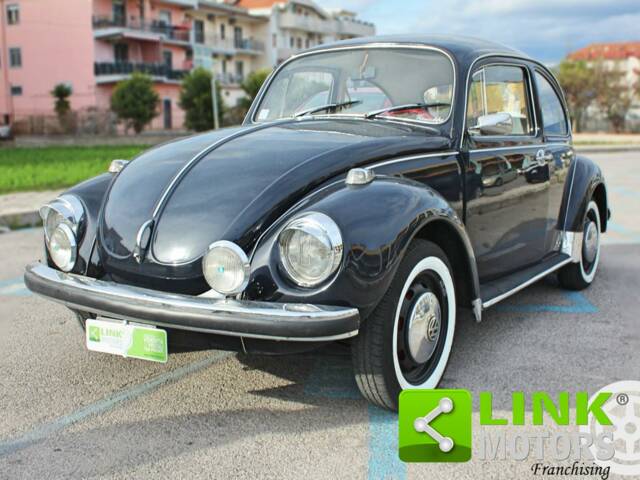
1970 | Volkswagen Beetle 1300
VOLKSWAGEN Maggiolino 1.300
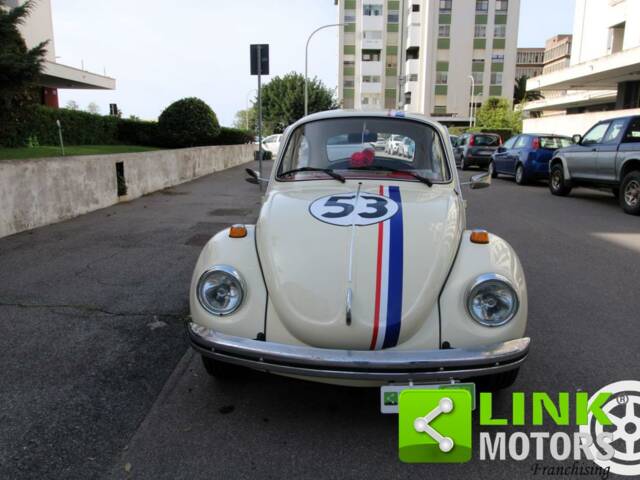
1974 | Volkswagen Beetle 1303
VOLKSWAGEN Maggiolino 1303
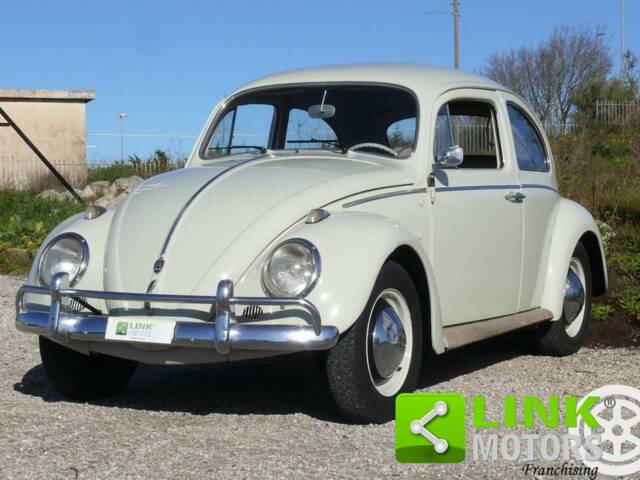
1962 | Volkswagen Beetle 1200
VOLKSWAGEN Maggiolino 1200
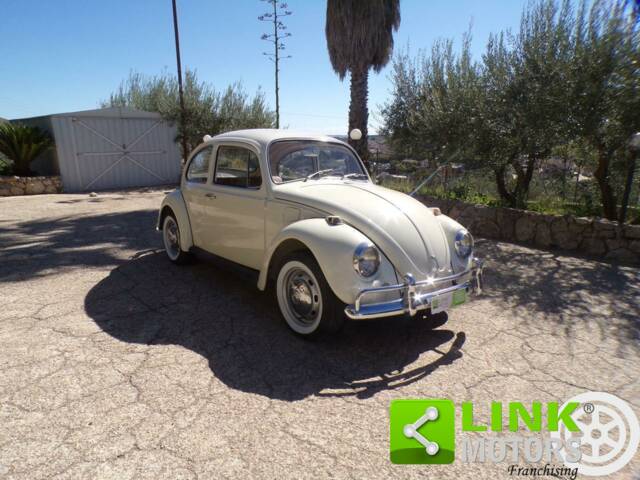
1968 | Volkswagen Beetle 1200
VOLKSWAGEN Maggiolino standard
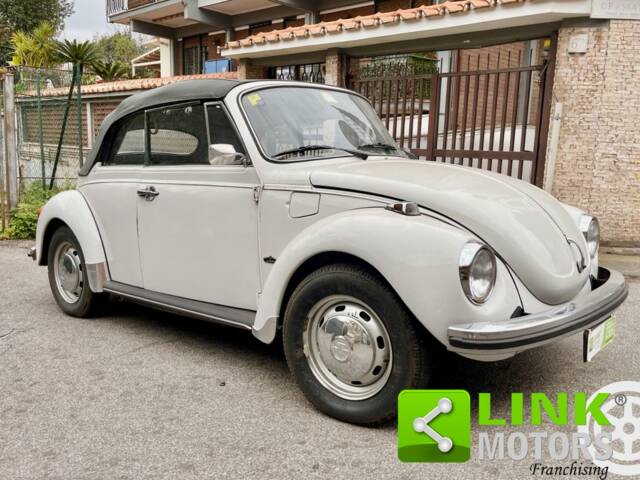
1974 | Volkswagen Beetle 1303
VOLKSWAGEN Maggiolino Cabrio, Conservato, Matching Numbers
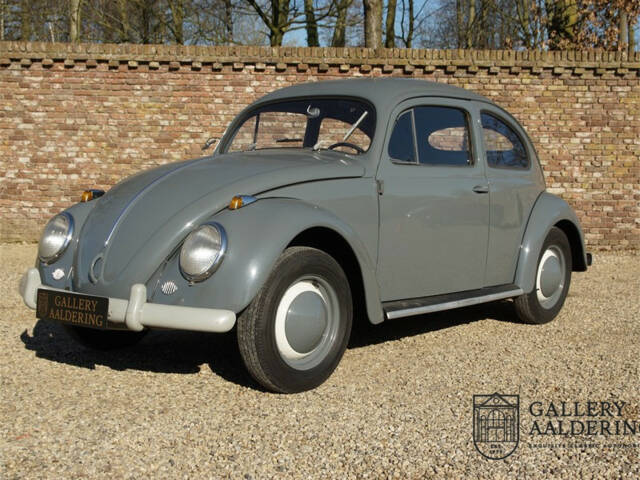
1955 | Volkswagen Beetle 1200 Standard "Oval"
Volkswagen Beetle Standard Oval 1200 Rare and desirable ‘Oval-Window’ Beetle, Presents in restored and overhauled condition, Matching numbers and matching colours, Letter from Stiftung AutoMuseum Volkswagen present in the history file, Delivered new on February-14 1954 by the Islinger company in Germany, Only 3 owners from new
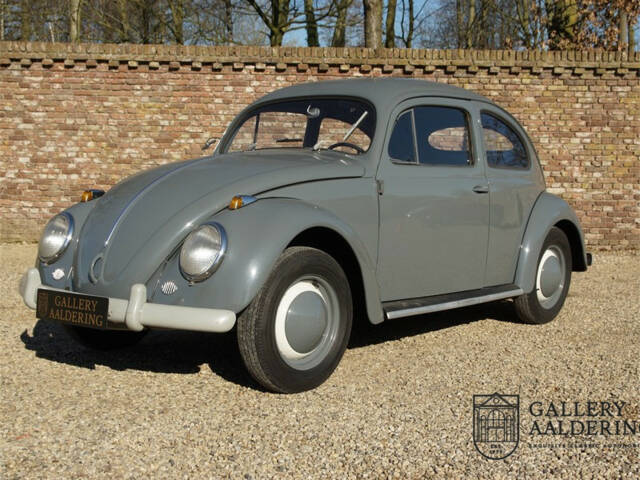
1955 | Volkswagen Beetle 1200 Standard "Oval"
Volkswagen Beetle Standard Oval 1200 Rare and desirable ‘Oval-Window’ Beetle, Presents in restored and overhauled condition, Matching numbers and matching colours, Letter from Stiftung AutoMuseum Volkswagen present in the history file, Delivered new on February-14 1954 by the Islinger company in Germany, Only 3 owners from new
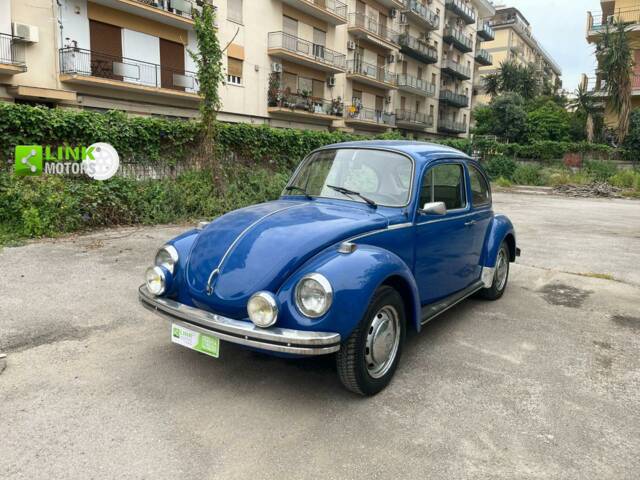
1973 | Volkswagen Beetle 1303
VOLKSWAGEN Maggiolone standard
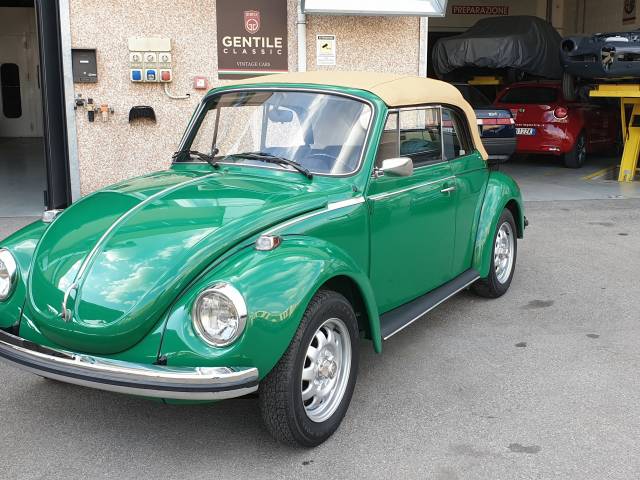
1973 | Volkswagen Beetle 1600
BELLISSIMA ! TUTTA ORIGINALE ! MOTORE NUOVO !!
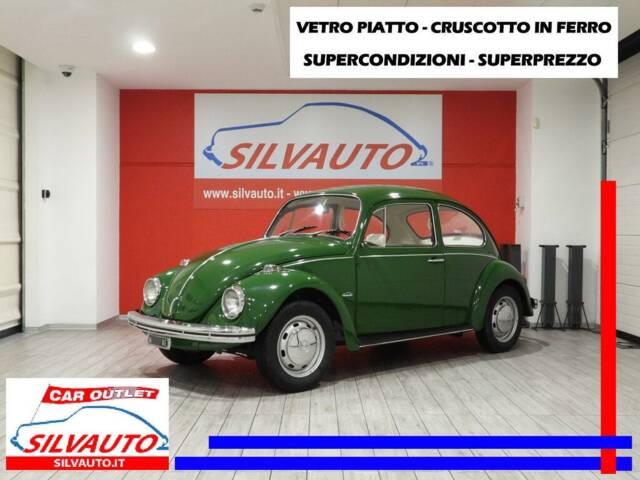
1970 | Volkswagen Beetle 1200
VOLKSWAGEN MAGGIOLINO 11/D2 1200cc VETRO PIATTO (1970) CRUSCOTTO IN FERRO – SUPERCONDIZIONI – SUPERPREZZO
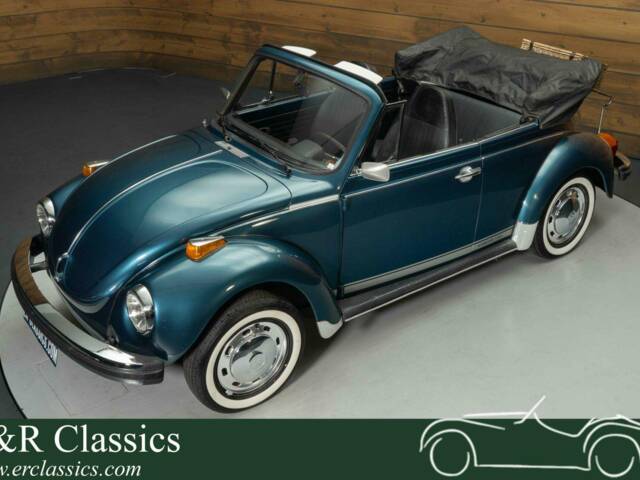
1974 | Volkswagen Beetle 1600
Volkswagen Kever Cabriolet | Goede staat | 1974
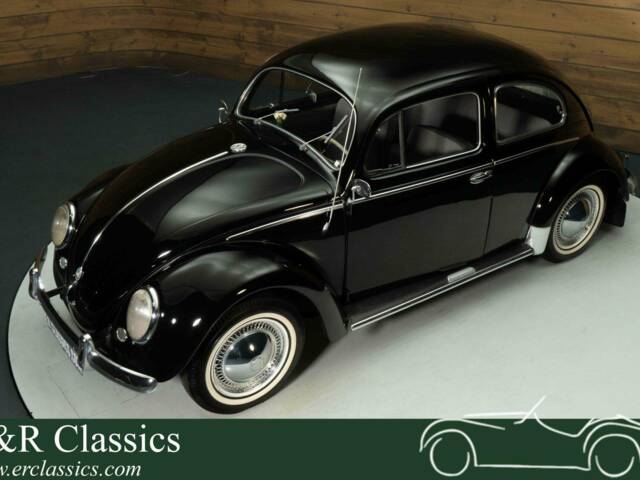
1952 | Volkswagen Beetle 1100 Standard (Brezel)
Volkswagen Kever Coupe
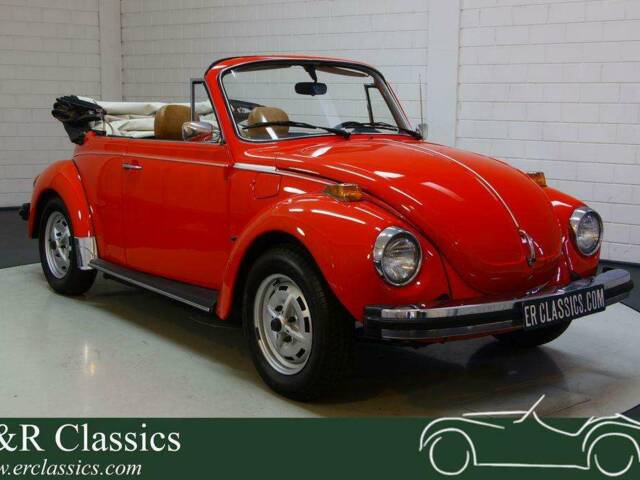
1979 | Volkswagen Beetle 1200 L
Volkswagen Kever Cabriolet
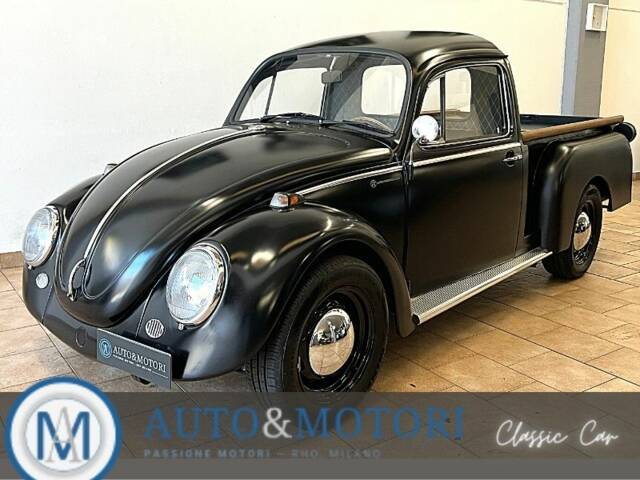
1968 | Volkswagen Beetle 1300
Volkswagen Maggiolino 1.6 1968 Flatback pick up - restauro completo
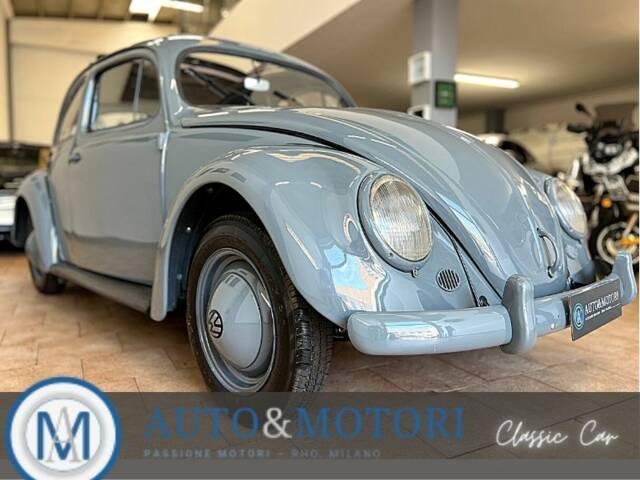
1957 | Volkswagen Beetle 1200 Standard "Oval"
Volkswagen Maggiolino Maggiolino 6v Ovale Standard - Restaurato
Volkswagen Beetle Classic: History
The Volkswagen Beetle Classic journey began in the 1930s with Ferdinand Porsche's vision of creating a "car for the people." Production of the "Strength Through Joy Car," later known as the Beetle, started in 1938. Due to World War II, mass production only commenced in 1945 under British supervision at the Volkswagen plant in Wolfsburg.
A pivotal moment for the Beetle was its export to the USA in the 1950s, quickly becoming a youth culture icon. Technically, the Beetle saw only a few significant upgrades, such as the move from a 6-volt to a 12-volt electrical system in the 1960s. Its robust engineering and ease of maintenance kept it in production until 2003, becoming the world's longest-produced and most-sold car at over 21 million units.
Popular Volkswagen Beetle Classic Models
- VW Beetle Type 1 (1946-1953): Known as the original Beetle, produced post-war, this is now a collector's favorite. It features the split rear window, termed the Brezel window, and a 1.1-liter engine with 25 hp. Basic amenities and historical charm make it especially loved by collectors. Hydraulic brakes were added to the export model from 1950 onwards.
- VW Beetle Type 1 (1953-1957): Dubbed the "Oval Window Beetle" or "Ovali," this model came with a single-piece, oval rear window. The engine was upgraded to 1.2 liters with 30 hp, and minor enhancements in features. Side vent windows and gear synchronization for second to fourth were introduced.
- VW Beetle 1200 (1961-1978): One of the most prevalent models with the typical 1.2-liter engine and 34 hp. Prominent in the 1960s for affordable mobility. From 1960, the power increased to 34 hp at 3,600 rpm.
- VW Beetle 1303 (1972-1980): Known as the "Super Beetle" with a larger panoramic front windshield, enhanced suspension (MacPherson struts at the front), and disc brakes. The 1.6-liter engine with 50 hp offered notable advances in performance and comfort. A budget version, the 1303 A, was available with the 34 hp 1.2-liter engine from the Beetle 1200.
Unique Features of the Volkswagen Beetle Classic
One of the Volkswagen Beetle Classic's distinct features is its enduring rounded design. The VW Beetle captivates with its blend of simplicity, reliability, and cult status. Its durable boxer engine technology and air-cooled powertrain made it notably easy to maintain. The rear-engine setup provided excellent traction for the drive wheels, particularly on slick roads. The swing axle, later replaced by the trailing arm axle, gave the Beetle its unique handling.
Its versatility made the Beetle a popular everyday vehicle and a base for race cars. Its straightforward operation made it an ideal vehicle for beginners. Even today, many Beetles are still in use due to their low fuel consumption and straightforward mechanics.
Important Buying Criteria for Volkswagen Beetle Classics
- Corrosion and Condition: Vulnerable areas include sills, frame heads, and floor pans. It's crucial to meticulously check a Volkswagen Beetle Classic for rust, as it can lead to severe damage. The air-cooled boxer engine should be checked for oil leaks, unusual noises, and power loss. Also, assess the condition of the gearbox, clutch, and brakes.
- Matching Numbers: Matching chassis and engine numbers boost the collector's value of the VW Beetle.
- Originality and Spare Parts Availability: Over the years, many Volkswagen Beetle Classics have been modified, often with different engines or interiors. A Beetle in original condition is more valuable to collectors. A complete vehicle history with service records, invoices, and restoration documents enhances its value. While many Beetle models have good parts availability, sourcing original parts for rare variants or special editions can be challenging.
Volkswagen Beetle Classic: Technical Specifications
Here is an overview of the key technical specifications and unique features of the most popular Volkswagen Beetle classics:
| Model Series | Model Name | Series | Year | Body Styles | Engine | Power |
|---|---|---|---|---|---|---|
| Volkswagen Beetle | 1100 "Split Window" | Type 11 | 1946-1953 | Sedan, Convertible | 1.1 Liter Boxer 4 Cylinder | 25 hp |
| Volkswagen Beetle | 1100 "Oval Window" | Type 11 | 1953-1957 | Sedan, Convertible | 1.2 Liter Boxer 4 Cylinder | 30 hp |
| Volkswagen Beetle | 1200 | Type 11 | 1961-1978 | Sedan, Convertible | 1.2 Liter Boxer 4 Cylinder | 34 hp |
| Volkswagen Beetle | 1303 | Type 15 | 1972-1980 | Sedan, Convertible | 1.6 Liter Boxer 4 Cylinder | 50 hp |
Restoration of Volkswagen Beetle Classics
Restoring a VW Beetle Classic comes with many advantages: Its simple mechanics and abundant spare parts availability make repairs relatively straightforward. For early Volkswagen Beetle Classic models with split or oval windows, original parts are rarer and more challenging to restore. Finding rust-free bodies is a significant challenge due to the Beetle's susceptibility to corrosion. Critical rust areas include: floor pan and frame head, sills and running boards, wheel arches and fenders, A-pillars, regions around the headlights, as well as rear apron and trunk lid.
A comprehensive restoration of a Volkswagen Beetle Classic generally involves: complete disassembly of the car, sandblasting of the body and floor pan, replacing or repairing rusted sections, priming and painting, overhauling or replacing the engine, transmission, and chassis, refurbishing the interior, and meticulous reassembly. Successful restorations can be a rewarding investment, especially with original vehicles. Enthusiasts can save significantly through personal efforts, particularly during disassembly and reassembly.
Conclusion
The Volkswagen Beetle Classic is more than just a car; it's a piece of history. Its technical reliability, strong cult appeal, and extensive spare parts supply make it an excellent classic car for both newbies and seasoned collectors. Explore the wide range of Beetles available at Classic Trader and fulfill your dream of owning a classic!
FAQs about Volkswagen Beetle Classics
Why are Volkswagen Beetle classic cars so popular?
Volkswagen Beetle classics are highly popular due to their iconic status in automotive history. They represent the post-war era and the German economic miracle, embodying reliability, simplicity, and timeless design. Their sturdy mechanics, easy maintenance, and emotional value make them sought-after collectibles. Moreover, they offer a unique driving experience and evoke nostalgic memories for many.
How can I find spare parts for a vintage Volkswagen Beetle?
Thanks to a large community of enthusiasts and numerous specialized dealers, finding spare parts for a vintage Volkswagen Beetle is quite easy. Many parts are available as new or reproductions. Ideal sources include specialized VW classic car dealers, online marketplaces for vintage car parts, VW clubs and enthusiast networks, classic car shows and gatherings, as well as the official VW Classic Parts division.
What should you consider when buying a classic Volkswagen Beetle?
Pay attention to the condition of the classic Volkswagen Beetle, the originality of its parts, and complete documentation of restorations and maintenance. Inspect the bodywork thoroughly for rust, especially in critical areas like the floor pan, sills, and wheel arches.